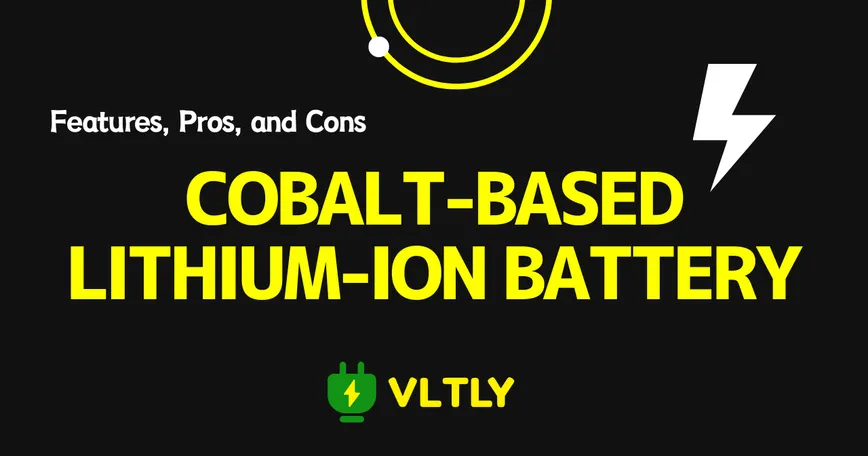
Features, Pros, and Cons of Cobalt-based Lithium-ion Battery
This article explains the features, pros, and cons of lead-acid batteries, one of the most historically significant and widely used types of batteries.
Posted at: 2024.7.22
What is a Cobalt-based Lithium-ion Battery?
Cobalt-based lithium-ion batteries, commercialized in 1991, are early lithium-ion batteries characterized by their use of lithium cobalt oxide (LiCoO2) as the cathode material. These batteries were widely used in high-performance devices such as smartphones and laptops. However, due to safety concerns such as thermal runaway and cost issues, their use has decreased in recent years.
Advantages of Cobalt-based Lithium-ion Batteries
High Energy Density
Cobalt-based batteries have a very high energy density, allowing for compact size and long usage times. This characteristic is crucial for small devices like smartphones and laptops and for portable power supplies that require a small but high-capacity battery.
Disadvantages of Cobalt-based Lithium-ion Batteries
Short Battery Cycle Life
Compared to the currently mainstream lithium iron phosphate (LiFePO4) batteries in portable power supplies, cobalt-based lithium-ion batteries generally have significantly fewer charge cycles while maintaining 80% of their designed capacity.
For portable power supplies, where repeated use is crucial, this disadvantage is significant.
Difficult Thermal Management
Cobalt-based lithium-ion batteries are sensitive to high temperatures and physical shocks, with a high risk of fire if overheated. Although the next-generation NCM (nickel-cobalt-manganese) lithium-ion batteries have somewhat addressed thermal management issues, the current mainstream LiFePO4 batteries have significantly reduced the risk of fire. Considering safety, cobalt-based batteries are an undesirable choice for new portable power supplies.